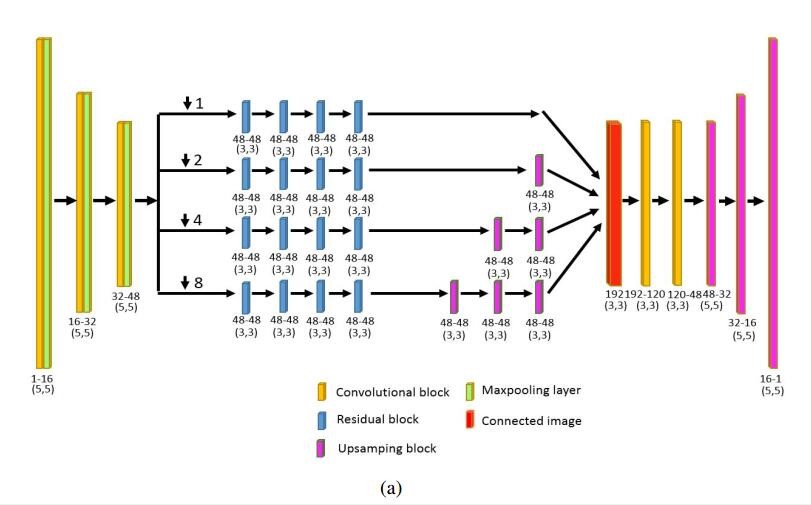Digital holography (DH) is an important scientific tool for many applications. In-line digital holography, which can make use of the full space-bandwidth product (SBP) of a camera, is widely applied in many fields such as imaging, inspection and metrology. Unfortunately, in-line configuration suffers from twin-image problem caused by the conjugate term, which usually requires either precise phase-shifting method or iterative phase retrieval algorithm to eliminate.
Recently, deep learning method has emerged as a promising candidate in the computational imaging field, which has already been used in phase retrieval and ghost imaging. However, the feasibility and efficiency of deep learning method in in-line digital holographic reconstruction is still unknown.
Last month, a research group led by Dr. SITU Guohai from Shanghai Institute of Optics and Fine Mechanics (SIOM) of the Chinese Academy of Sciences (CAS) succeeded in demonstrating that deep learning method can be used in the reconstruction of in-line digital holography.
In their experiment, a convolutional neural network called eHoloNet was established to reconstruct the object wavefront directly from a single-shot in-line digital hologram. They first used laser to illuminate the known object and captured corresponding in-line holograms. Then, these in-line holograms were applied to train the neural network for learning different abstract feature maps of these holograms. Once this neural network was trained well, the research group could directly use this trained network to reconstruct unknown object from in-line holograms. They have demonstrated that the proposed eHoloNet can eliminate the twin images and can back propagate the wavefront from the captured plane to the object plane at the same time.
This research lead to a novel learning based method to reconstruct in-line holograms, which may be used in the phase detection in the future.
The work, entitled “eHoloNet: a learning-based end-to-end approach for in-line digital holographic reconstruction” has been published in Optics Express on September 3, 2018.
This study was funded by the Key Research Program of Frontier Sciences, Chinese Academy of Sciences; the National Natural Science Foundation of China; the Natural Science Foundation of Shanghai.

The proposed eHoloNet structure.

In-line holography reconstruction result by using eHoloNet. (a), (d) show captured in-line holograms; (b), (e) show reconstruction result; (c), (f) show object images.